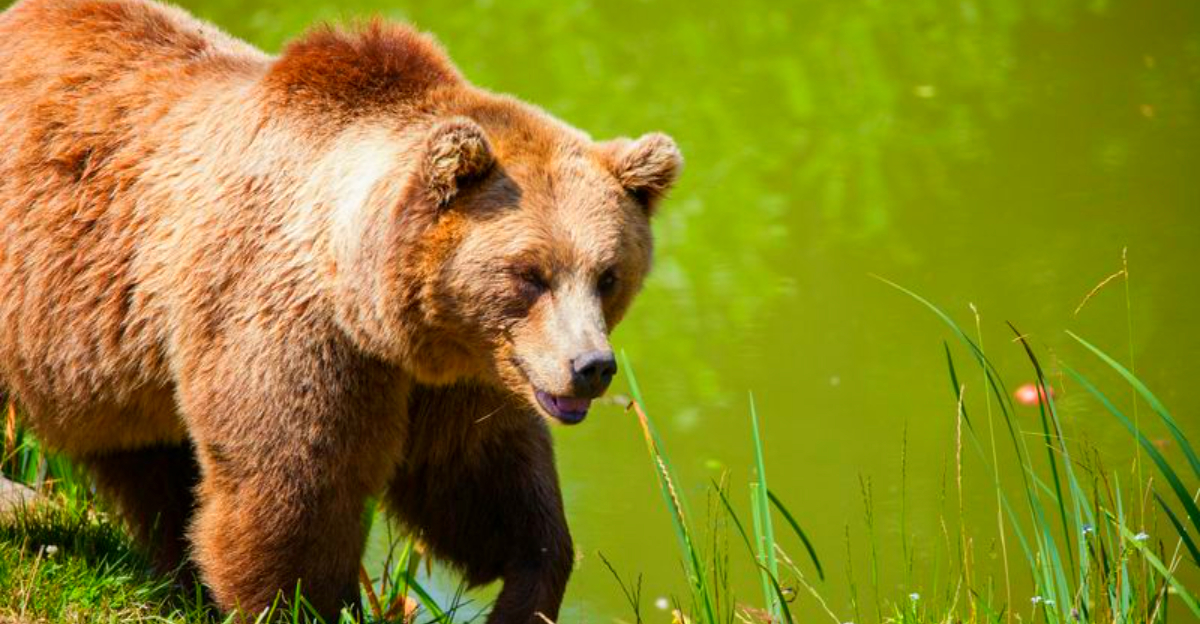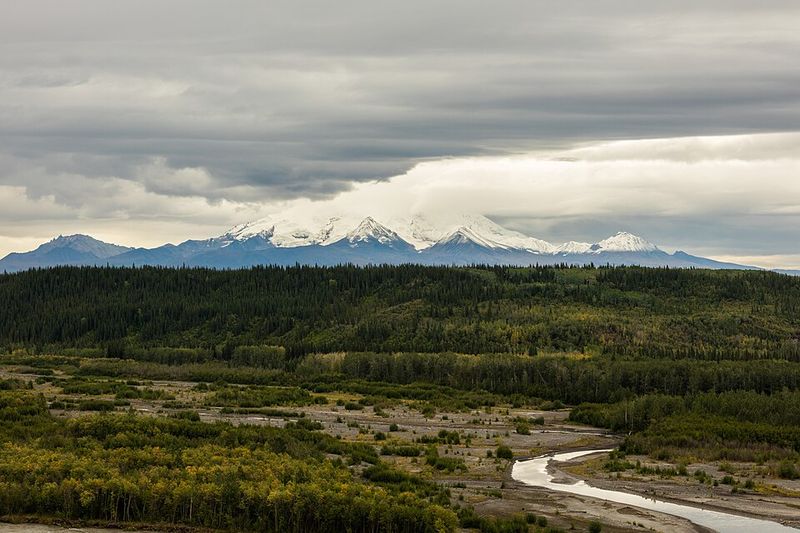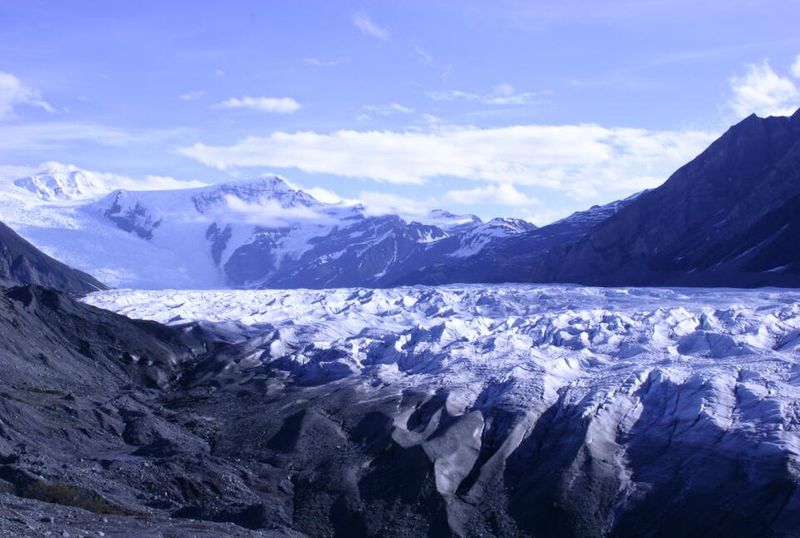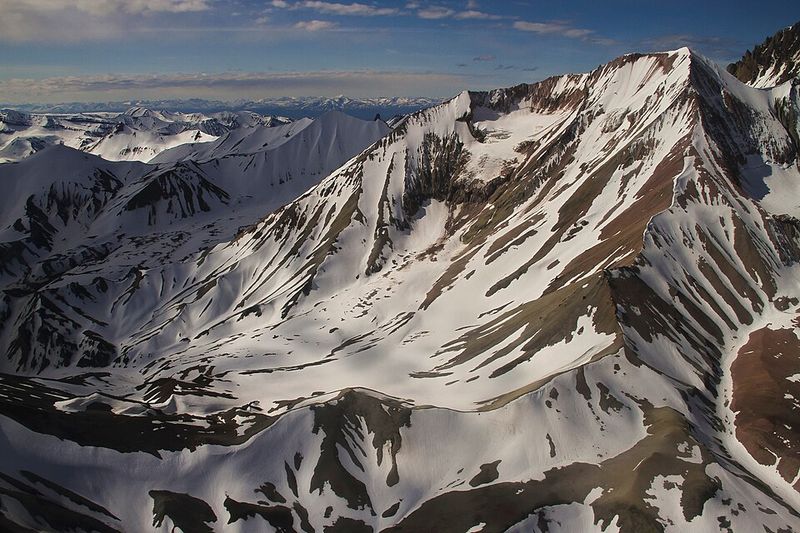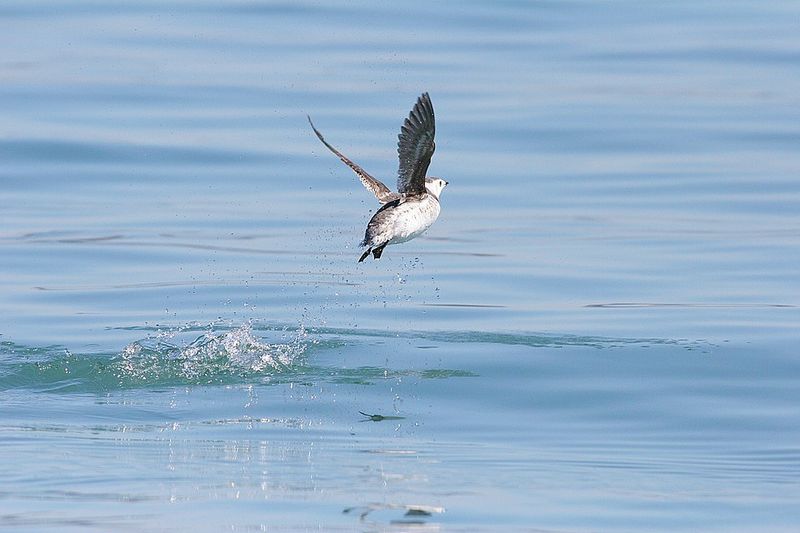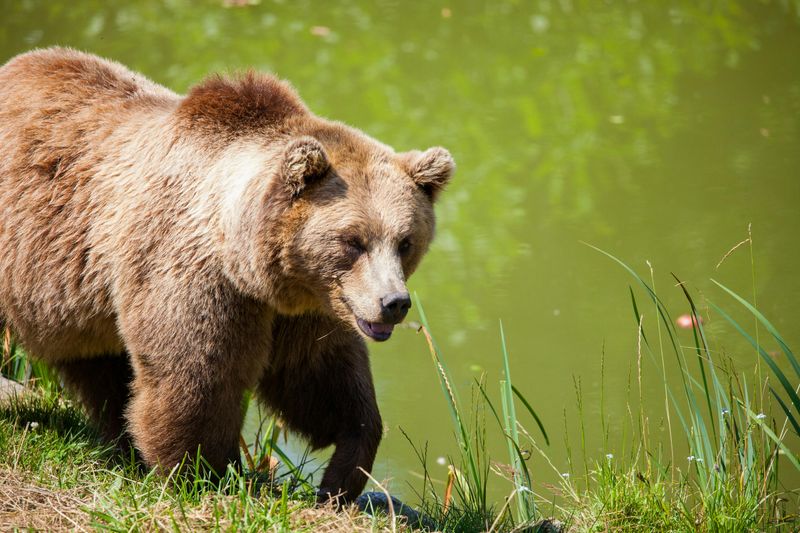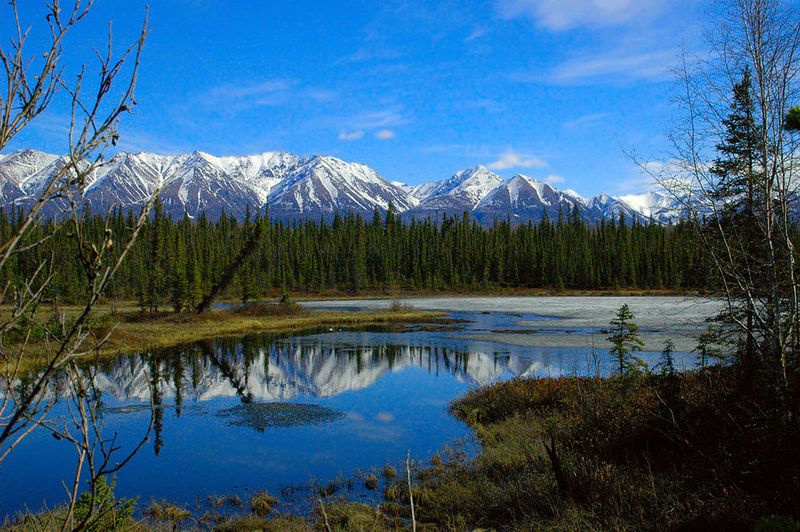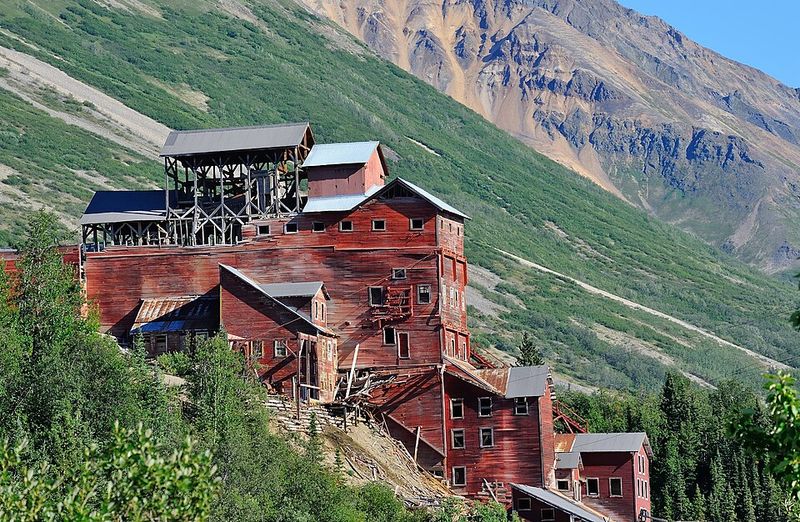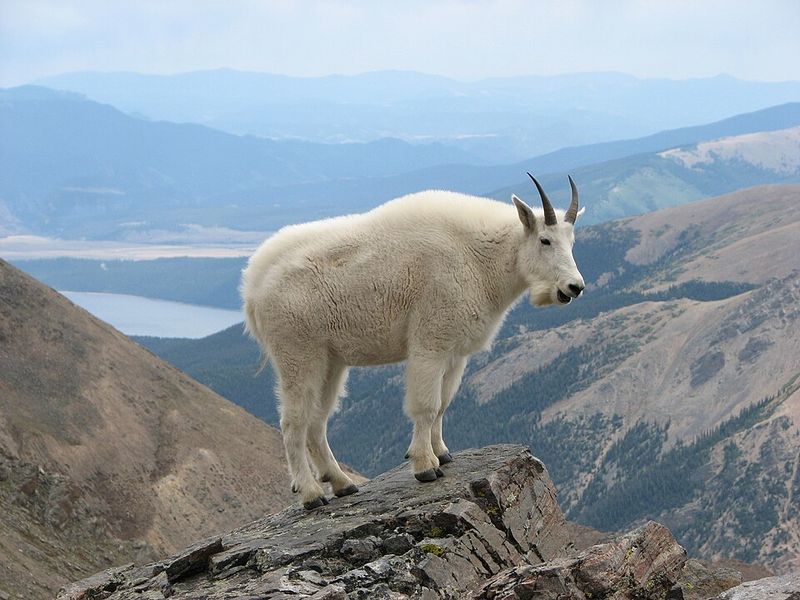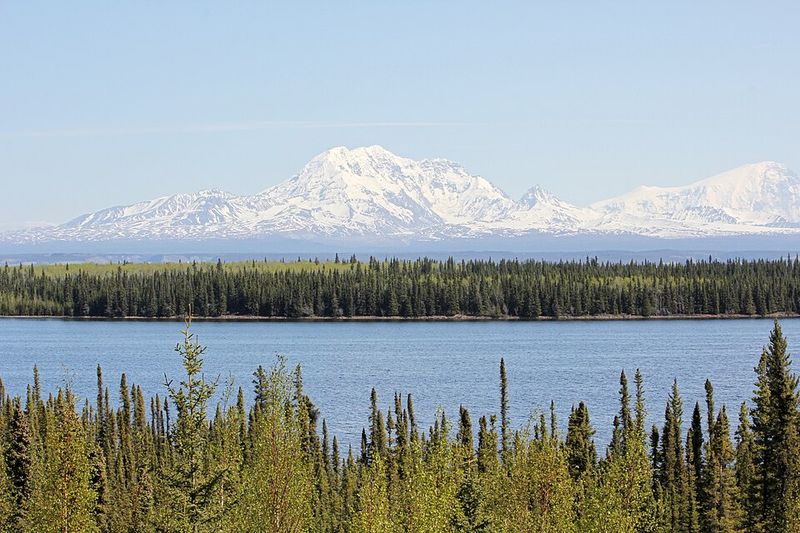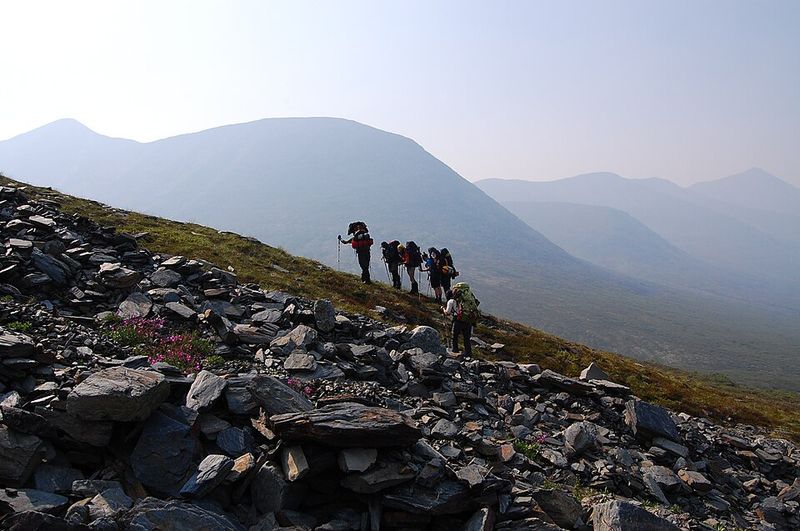Hidden within Alaska’s wild heart is Wrangell–St. Elias National Park and Preserve, a colossal expanse dwarfing even Yellowstone and Yosemite combined. Its 13.2 million acres of untamed land make it the largest national park in the United States. This remote wonderland offers unparalleled opportunities to observe bears thriving in their natural habitat, free from the interruptions of civilization. Here are ten reasons why this majestic park should top your nature-lover’s bucket list.
1. Largest National Park
Imagine a land so vast it defies comprehension. Wrangell–St. Elias National Park is the largest in the U.S., sprawling over 13.2 million acres. Twice the size of Denali, this park’s immense scale is a marvel.
Its vastness ensures a peaceful nature haven, offering solitude and a true wilderness experience for every visitor. The park joins forces with neighboring parks to form a UNESCO World Heritage Site.
This expansive protected ecosystem supports diverse wildlife, including countless bears. With such a vast area to explore, it is a dream come true for those seeking raw nature without the crowds.
2. Glacial Grandeur
Glaciers command the landscape, covering roughly a third of Wrangell–St. Elias. The Bagley Icefield, stretching 127 miles, is the largest subpolar icefield outside the polar regions.
This icy expanse flows from towering peaks, creating a mesmerizing backdrop for adventure and exploration. The park’s glaciated regions provide a refuge for wildlife.
Such dramatic ice formations offer an unparalleled opportunity for photography and awe-inspiring vistas, drawing adventurers from around the globe.
3. Majestic Mountains
Four major mountain ranges converge within the park, including the Wrangell, St. Elias, Chugach, and Alaska Ranges. Mount St. Elias, at 18,008 feet, is the second-highest peak in the U.S.
These mountains create a rugged and stunning skyline of volcanoes and ice-clad summits. It’s a paradise for climbers and offers dramatic terrain for bear watching.
The diverse ecosystems supported by these ranges provide ample opportunities to discover and enjoy the area’s unique wildlife.
4. Wildlife Abundance
Step into a world where wildlife outnumbers people. Wrangell–St. Elias is home to moose, wolves, caribou, and Dall sheep, creating a thriving ecosystem.
With fewer than 100,000 visitors annually, the park offers a serene escape from bustling tourist spots. Spotting eagles soaring above is a frequent delight.
The opportunity to encounter such a diverse array of wildlife is a testament to the park’s pristine environment and conservation efforts.
5. Bear Haven
In Wrangell–St. Elias, bears reign supreme over the rugged landscape. Both grizzly and black bears thrive here, often spotted along the pristine river valleys.
Visitors are treated to the sight of these majestic creatures feasting on salmon or ambling across the tundra. The park’s remote location means you can witness these bears without the bustling crowds.
The opportunity to observe bears in this natural setting is rare and unforgettable, making it a top destination for wildlife enthusiasts.
6. Rugged Roads
Two roads penetrate the park: McCarthy and Nabesna. These rugged paths lead adventurers deep into the wilderness, providing a sense of isolation and discovery.
Travelers are rewarded with breathtaking views, trailheads, and opportunities for hiking. The roads themselves offer a glimpse into the untamed beauty of Alaska.
Embrace the journey and experience the park’s raw, untouched landscapes, far from the reach of modern civilization.
7. Historical Echoes
Ghost towns like Kennecott linger as relics of a bygone era. Once a bustling copper mining hub, Kennecott now stands frozen in time.
Preserved by the National Park Service, these structures offer a peek into early 20th-century life. Guided tours reveal the rich history and stories of the miners.
Exploring these sites adds a historical dimension to your visit, connecting past and present in this vast wilderness.
8. Beyond Bears
While bears steal the show, the park is a haven for other wildlife. Mountain goats, lynx, and wolverines roam the land, adding to its biodiversity.
The park also attracts migratory birds, delighting birdwatchers with varied species. It’s an outdoor playground for skiers, kayakers, and bush pilots.
The combination of wildlife and adventure sports makes Wrangell–St. Elias a multifaceted destination for nature lovers.
9. Endless Daylight
During the summer, the park enjoys up to 20 hours of daylight, offering extended opportunities for exploration. Wildlife spotting is particularly spectacular in the golden midnight light.
Bears fishing for salmon under the midnight sun create unforgettable photographic moments. The extended daylight enhances the allure of this remote wilderness.
The chance to experience such unique lighting adds another layer to the park’s magical atmosphere.
10. Disconnected Bliss
In a world of constant connectivity, Wrangell–St. Elias offers a rare chance to disconnect completely. With minimal cell service and no luxury resorts, nature takes center stage.
Silence reigns supreme, interrupted only by the calls of wildlife and the whisper of the wind. It’s a reminder of the untouched wilderness that defined early America.
This retreat into nature provides a refreshing escape, where visitors can immerse themselves in the park’s raw beauty and tranquility.
